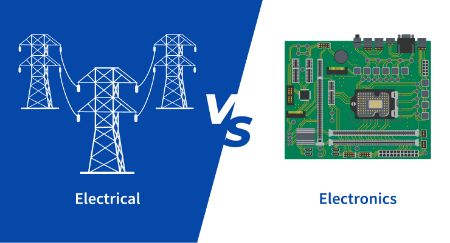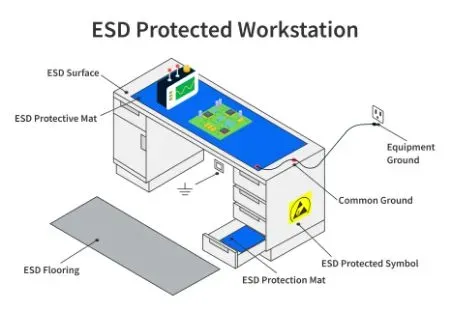-
contáctenos:
- Estado del pedido
- Solicitar Términos
-
 ES
ES
 English
English
 Chinese
Chinese
 Italiano
Italiano
 Portuguese
Portuguese
 Deutschland
Deutschland
 French
French
 Russian
Russian
 Japanese
Japanese
 Turkish
Turkish
 Korean
Korean
 Spanish
Spanish
-
 mi cuenta y pedidos
mi cuenta y pedidos











